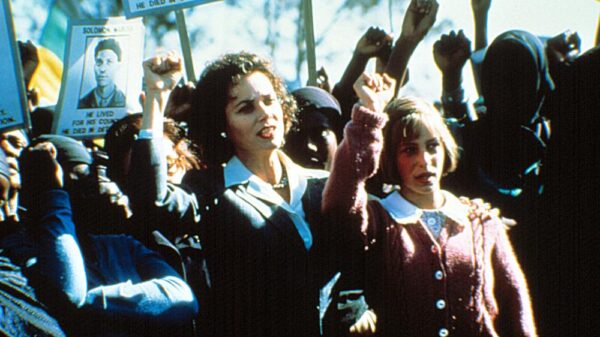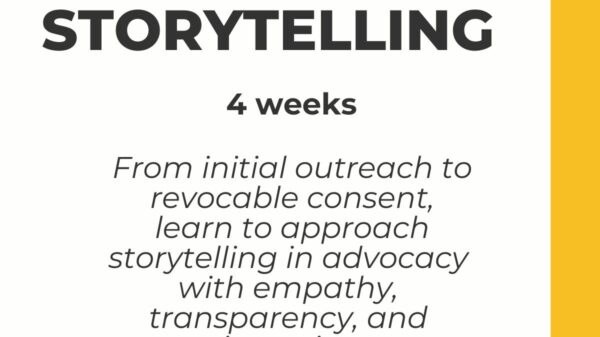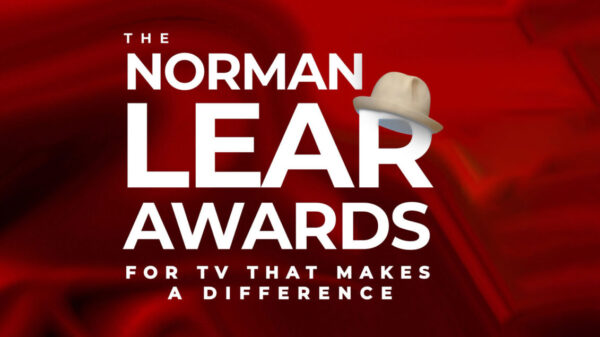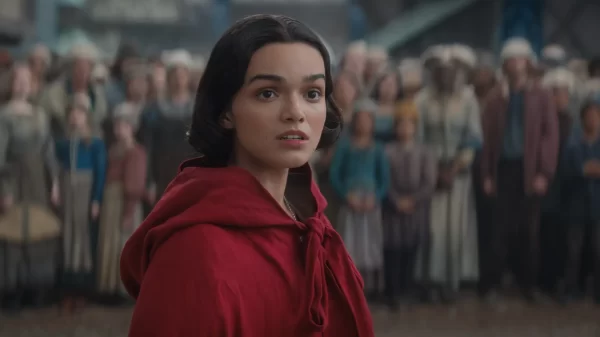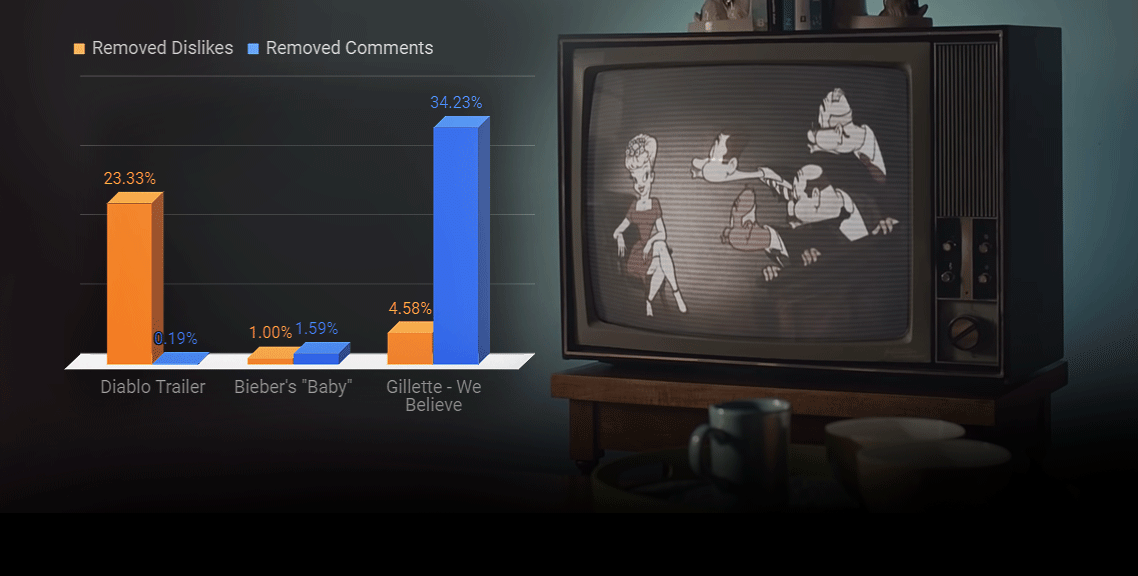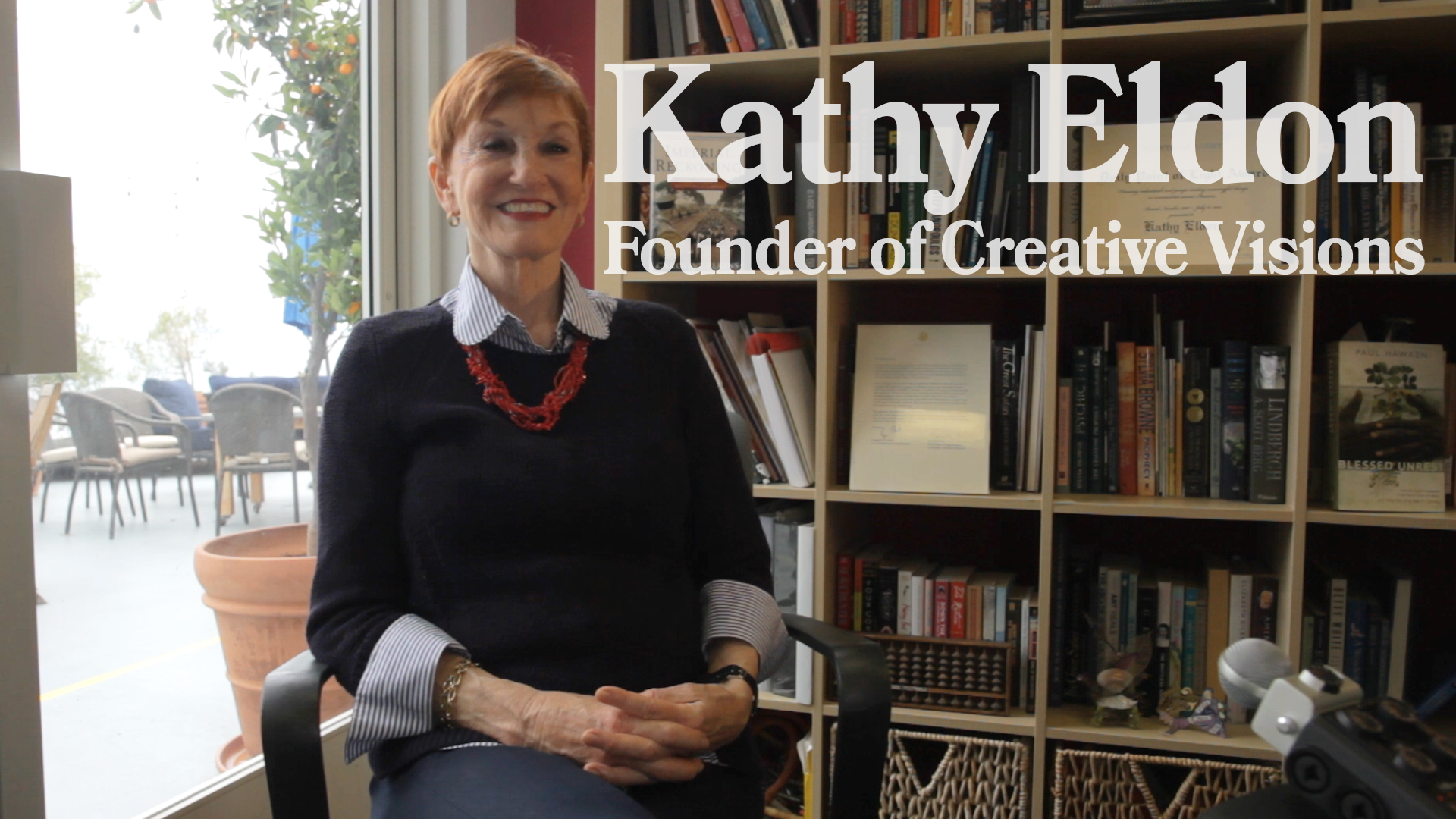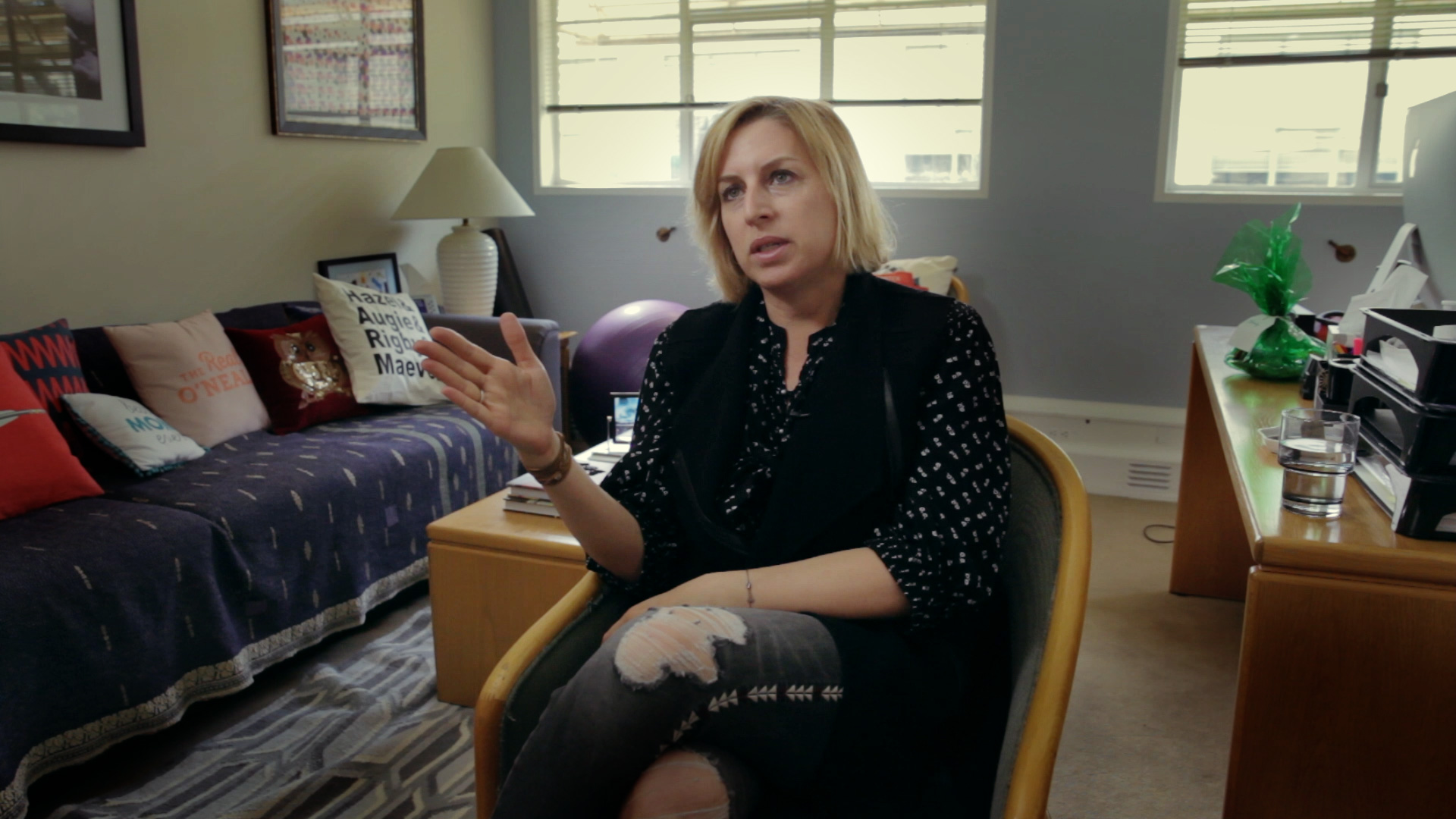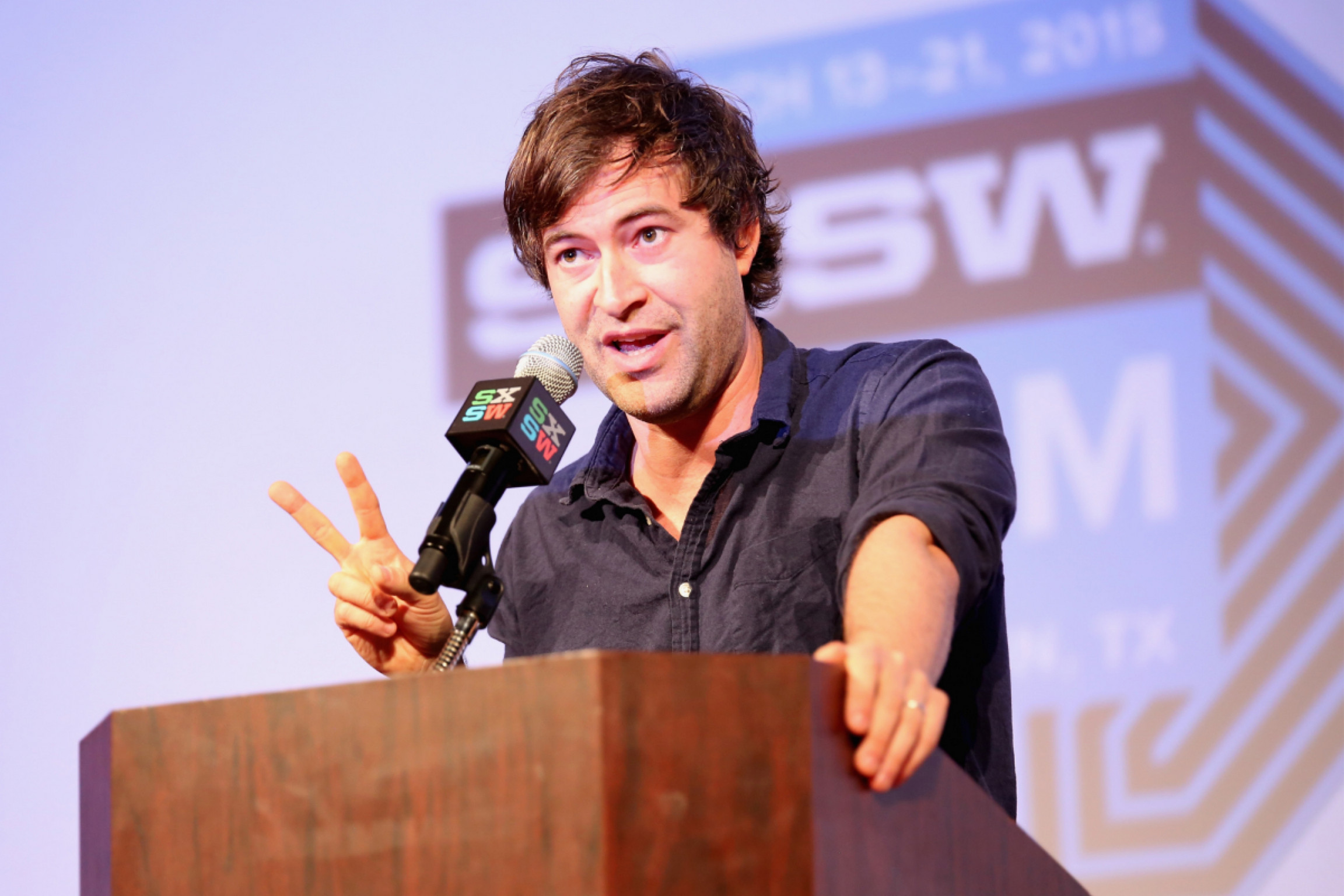In 2005 Andrew Bujalski’s “Mutual Appreciation,” and Jay and Mark Duplass’ “Puffy Chair” initiated a string of movies that embodied elements which would later become the mumblecore genre. Aaron Katz’s 2006 film “Dance Party USA,” and Joe Swanberg’s “Hannah Takes the Stairs” would also become mumblecore staples, the latter perhaps the most popular, but both certifying the existence of a new, however subtle, movement in independent cinema. Characterized by improvised dialogue, handheld cinematography, and unemphasized plot points, the mumblecore approach was a direct retaliation to social, professional, and hollywood frustrations spearheaded primarily by artistically inclined Generation X-ers. Natural free-flowing dialogue and very low beget production makes up the core values of the independent film subgenre. Amateur actors are often preferred over traditional actors, as they bring certain elements that traditionally trained actors might not be accustomed to exhibiting on camera, for example, mumbling and other overtly realistic traits of natural speech. In my opinion the last ten years of mumblecore have been underemphasized and under-evaluated. Some critics have gone as far as to say that the genre’s label is nothing more than a classification of average, over simplified films. Today’s independent cinema has clearly been influenced by the last ten years of mumblecore. As new young filmmakers take up the camera a new wave of film is taking place. The mumblecore aesthetic is spearheading a new act in indie cinema full of diversity, honesty, and personality.
Independent film in the 1990’s seemed to be preoccupied with the Tarantino effect after “Reservoir Dogs” (1991), and “Pulp Fiction” (1994). Disillusioned filmmakers invested time and money to create the next great American film and “make it” in the industry by somehow slithering through the rusted gears of the Hollywood system. Eventually it was a new decade, Y2K was a thing of the past, and DV tapes were cheaper than ever. A new form of filmmaking took shape, one that essentially took the verite qualities of past films like Slacker (1991) and the personal anxieties of Woody Allen and heightened these documentary-like qualities to produce hyper-realistic cinema, that if nothing else, was interesting for the simple fact that it was all unapologetically relatable.
Fast forward five years to 2010. The Duplass brothers took the genre to new shiny heights with their film “Cyrus,” which was backed by Fox Searchlights Productions – the first time that so-called mumblecore directors and a major studio had partnered. In an effort to preserve their creative approach amidst studio pressures, Mark Duplass explained how he and co-director Jay Duplass treated each scene as “a nude scene,” that is to say, intimate and with as little crewmembers around as possible in an effort to infuse each scene with an improvisational “anything can happen” feel.
With many of the “mumblecore directors” well into their 30’s and some already in their 40’s, a new generation of millennial filmmakers are embracing the genre. Lena Dunham is perhaps one of the more famous “neo” mumblecore directors. Her 2010 film “Tiny Furniture” premiered at the South By Southwest Film Festival to rave reviews and eventually went on to win an Independent Spirit Award for best screenplay. The success of “Tiny Furniture” lead to the highly successful HBO show “Girls,” which follows a group of young women in New York City in their mid-twenties.
What makes this a particularly interesting time is that two worlds within the mumblecore genre are coexisting. The Duplass brothers have their new HBO show “Togetherness,” where they explore family life, careers, and marital issues – a bit of far cry from there earlier films that dealt with more coming-of-age issues. The slack has been picked up by new filmmakers and shows like “Girls.” The mumblecore aesthetic seems especially fitting for the millennial generation. When technology becomes more affordable, filmmakers have generally benefited proportionately. The tools to make films have never been more accessible. Not only is art easier to make, it’s easier to distribute as well. Think of the wealth of self distribution platforms like Amazon Kindle Direct Publishing, Etsy, VOD etc. Mix easy access to tools, a highly knowledgeable and creative millennial generation, and the insecurities of a dwindling job market with the inevitable insecurities of most young people -and you get interesting films ready to happen.
A major critique of the mumblecore genre is that it lacks diversity and tends to hover around middle class, white, artsy individuals. A recent exception to this is Desiree Akhavan. Her debut feature film “Appropriate Behavior” chronicles a young queer Iranian American in New York City. The appeal of the mumblecore aesthetic to young filmmakers is its success in portraying honesty and genuine cinema without an emphasis on superficial elements. I feel that this genre embodies the independent film spirit in a way that will eventually lead it to transcend racial borders and reach a segment of society and facilitate the creation of a new, more diverse, film language. The current generation’s creativity, along with the ease in technical production, and recent revival of race dialogue in the United States will give rise to a new wave of filmmakers, I hope. The genre’s originality lies in it’s intricacies, in everyday personal interactions among everyday people. A little honesty goes a long way. You don’t need catchy lines and over the top plot points – just honest dialogue.
This year marks ten years since Bujalski and the Duplass brothers premiered their films. Appropriately enough, Mark Duplass presented a keynote address at this year’s South By Southwest Film Festival, where the “Puffy Chair” premiered in 2005. His address was centered around practical advice for the new generation of filmmakers, explaining how he traversed (but essentially bypassed) the Hollywood studio system. An exciting new chapter is taking shape – here’s to another ten years of creative and honest cinema.


